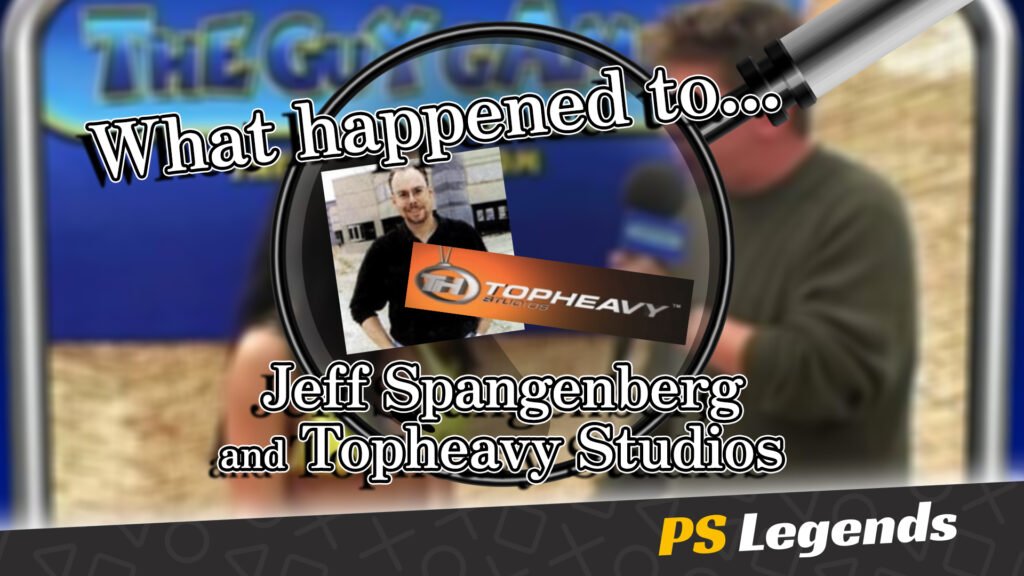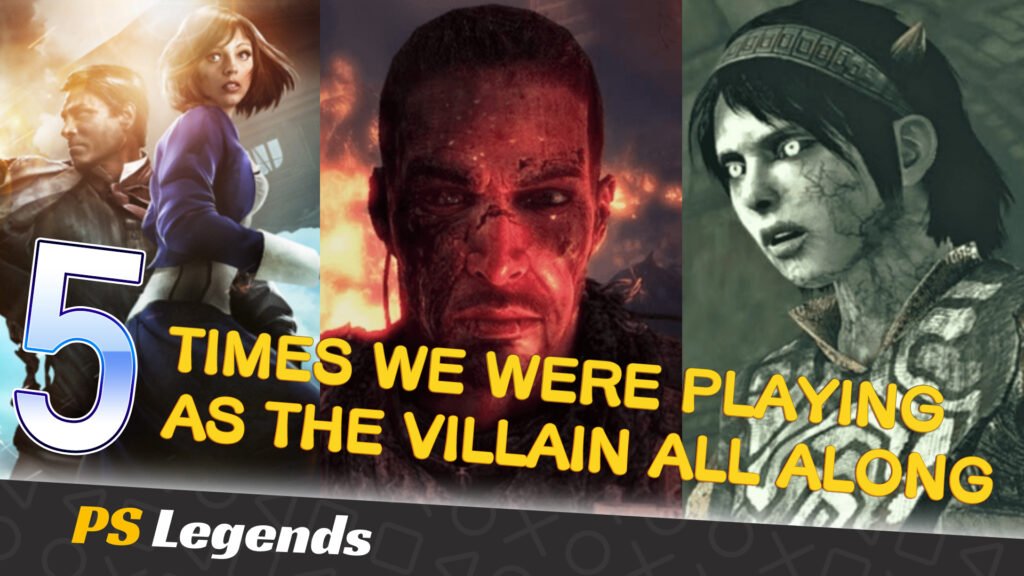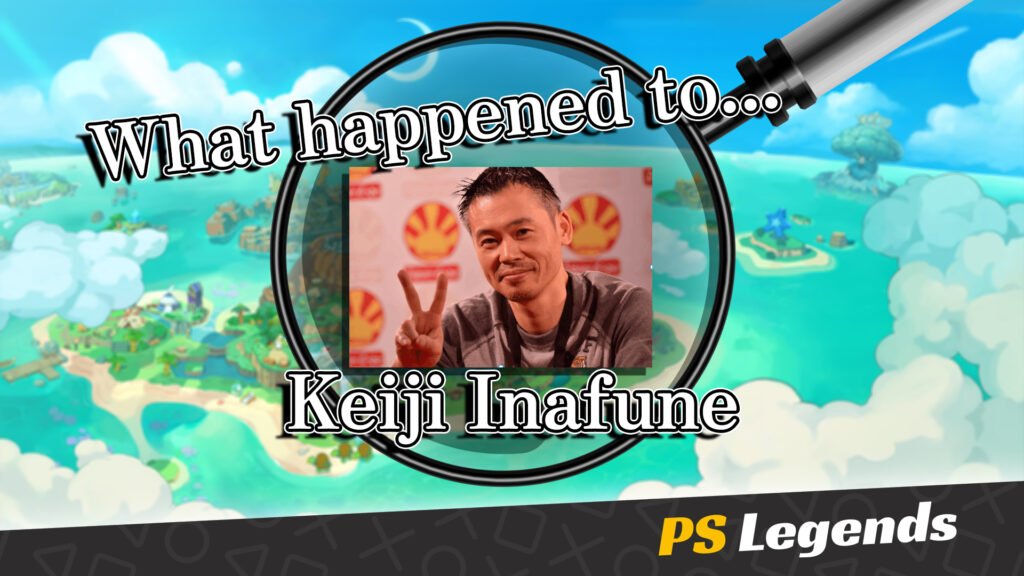
My Name Is Jeff
Jeffery ‘Jeff’ Spangenberg is an American entrepreneur and the original founder of Retro Studios (Metroid Prime), Iguana Entertainment (Turok), Team Design, Punk Development and Topheavy Studios (The Guy Game). Spangenberg skipped college to learn computer programming, and later served as lead designer and president for Punk Development, the development team of publisher RazorSoft, headquartered in Sunnyvale, California.
In 1991, Spangenberg founded his own company in Santa Clara, Iguana Entertainment, and hired 20 staff, including friends of his. Iguana, who would later move to Austin, Texas due to the elevated costs of living in Silicon Valley, wound up bought by Acclaim Entertainment in 1995, and Spangenberg was promoted to an executive position in which he overlooked all of Acclaim’s software studios. Spangenberg was fired from Acclaim in 1998, leading him to sue the company for breach of contract and fraud. The suit was settled in 2000.

The Nintendo Years
Following his dismissal, Spangenberg launched a new company, Retro Studios, in October 1998. He then approached Nintendo of America to establish a partnership. Nintendo agreed to fund the studio, hoping the new developer could provide games aimed at mature audiences for their upcoming console, the GameCube, just like Iguana did with the Nintendo 64 title Turok: Dinosaur Hunter. The studio immediately began work on four projects for the GameCube. Senior Engineer Zoid Kirsch said he liked Spangenberg when he first joined Retro Studios, but found him to be a “strange guy”.
Shigeru Miyamoto was impressed with the studio’s Action-Adventure game engine and suggested that Retro could use it to develop a new title in the Metroid series. All titles were eventually cancelled so Retro could focus all their effort onto Metroid Prime. On May 2nd, 2002, months before Prime was released, Nintendo bought out Spangenberg’s $1 million worth of Retro Studios, and reclassified the company as a first party developer and division of Nintendo. Spangenberg was ousted from Retro Studios.
Employees of Retro during Spangenberg’s tenure revealed that his forced departure was due to him being frequently absent, and between late 2000 and early 2002, he delegated much of his role and did not supervise projects. This caused communication issues between Retro Studios and Nintendo. Additionally, in summer 2001, photos of Spangenberg in hot tubs with topless women surfaced on a website registered to a Retro Studios mailing address. The site and the photographs quickly disappeared soon after, as Nintendo was forced to intervene.

A More Mature Audience
Spangenberg’s interest in erotica would be representative of his maturing career path, with his next idea for game development featuring the inclusion of nudity in his games. Despite earlier interest in more mature content for their platform, this was one idea that was rejected outright by the family-friendly Nintendo. Starting again from scratch, Spangenberg would create the independent Topheavy Studios.
Spangenberg stated that the title and concept of his next game was based around creating “a game geared toward guys about things guys like: competing against your buddies, showing up your buddies and topless nudity”. It was inspired by Girls Gone Wild, a direct-to-video pornographic series with a similar premise. Footage was shot on South Padre Island during the 2003 spring break season. The game’s development and porting was supported by Atomic Planet Entertainment.

The Guy Game
The Guy Game released in 2004, published by Gathering for Windows, PlayStation 2, and Xbox. Presented in a trivia gameshow style, it allows up to four players to compete by completing multiple choice questions and minigames complemented by filmed live-action footage of young women in bikinis on spring break vacation. The objective of The Guy Game is for players to accumulate points to fill a meter, titled the ‘Flash-O-Meter’, that progressively removes censorship of footage of the women exposing their breasts.
The game featured Matt Sadler, a comedian who had previously appeared on MTV and in a national talent search on HBO. The budget for The Guy Game was estimated by Spangenberg to total $1.4 million. Topheavy Studios previewed it in January 2004 in search of a publisher, with Take-Two Interactive subsidiary Gathering announcing a deal in July 2004 to publish it. The Guy Game was shipped for release on the PlayStation 2 and Xbox on August 31st. A Windows version followed on December 22nd, 2004.
Upon release, The Guy Game received a ‘Mature’ rating from the ESRB, falling short of an ‘Adults Only’ classification that would have seen its sale restricted from minors. The Guy Game was cited by several groups and legislators in the United States seeking greater restriction of distribution of sexually explicit video games to minors. Despite international interest, the game was not released outside of the US.

An Inconclusive Lawsuit
In December 2004, an anonymous plaintiff (‘Jane Doe’) initiated legal proceedings against Topheavy Studios and the publishers, requesting an injunction to discontinue the release of The Guy Game. Doe, a participant filmed exposing her breasts in The Guy Game, was a seventeen-year-old minor at the time of filming the segments. Doe had been approached by a representative to participate in The Guy Game and had given producers a fake identification card and inconsistent information on her media release.
Upon its release, Doe was told by her brother that The Guy Game depicted images of her topless and was not aware her likeness was used in the game, its promotional material or website. Doe pursued a lawsuit for relief from invasion of privacy, negligence, and emotional distress. Her counsel argued that she was not able to consent to appear in The Guy Game, rendering her release form void, and that the publishers had misappropriated her likeness by failing to discover her age despite inaccuracies in her release form and proceeding to publish the footage.
In rebuttal, counsel for Topheavy Studios argued that Doe had entered and participated in the contest willingly and made fraudulent representations about her age to the production team, making it reasonable for the studios to have treated her as an adult. The girl carried falsified identification and also allegedly illegally consumed alcohol during the event. The injunction restraining distribution of The Guy Game was granted at trial in January 2005, and successfully upheld by Doe at appeal to the Texas Third District Court of Appeal in August 2005.
The trial and appeal did not resolve the question as to whether Topheavy had produced child pornography in violation of obscenity laws under the Texas Penal Code, requesting only that the game cease production and distribution. It also could not determine if the contract signed with the developer is valid or not. Errors of judgement were noted on both sides, and no evidence of financial compensation was noted.

Aftermath
Following the injunction, Topheavy Studios ceased distribution of The Guy Game, protesting on their website that “the Man has decided that our fun and hilarious presentation of spring break revelry just wasn’t appropriate for the world of gaming”. However, the studio would later release a ‘director’s cut’ of the game as an interactive DVD, The Guy Game: Game Over, which featured the footage filmed for the game as well as additional content and bonus features, albeit with ‘Jane Doe’s’ scenes removed entirely.
Despite a comment from Spangenberg that claimed The Guy Game sold well in 2004, the game was a commercial disappointment, selling a combined 60,000 copies in 2004 on Xbox and PlayStation 2. Estimated sales by 2005 totalled closer to 70,000 units. Chris Morris of CNN cited The Guy Game as an example of a trend of commercially unsuccessful adult video games in 2004. The game also received wildly divisive reviews, with some praising the rare, adult nature as a refreshing change, while others condemned the minimalist gameplay and “smutty” nature of it.
Ultimately, Spangenberg chose not to continue with the franchise after the commercial failure of The Guy Game and the undesirable legal battle that followed. Topheavy Studios was closed in 2005 and Spangenberg would retire from the industry altogether. He has not returned to game development since.



